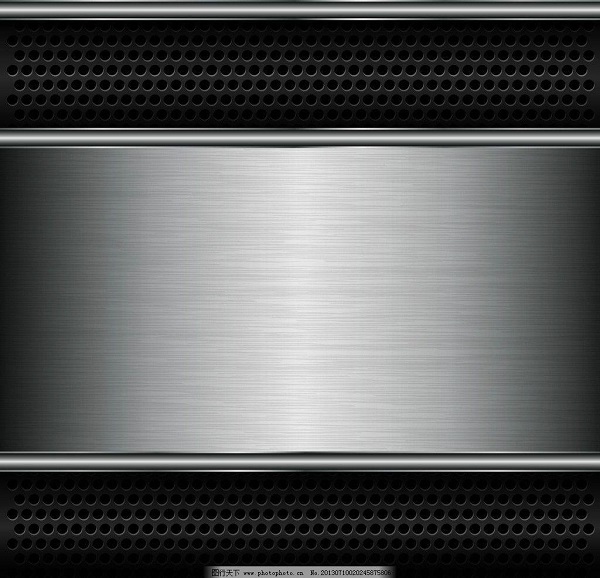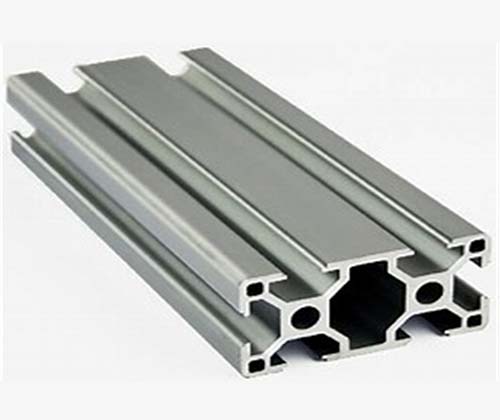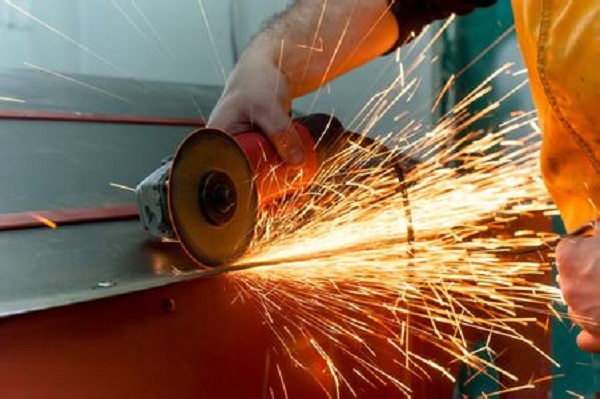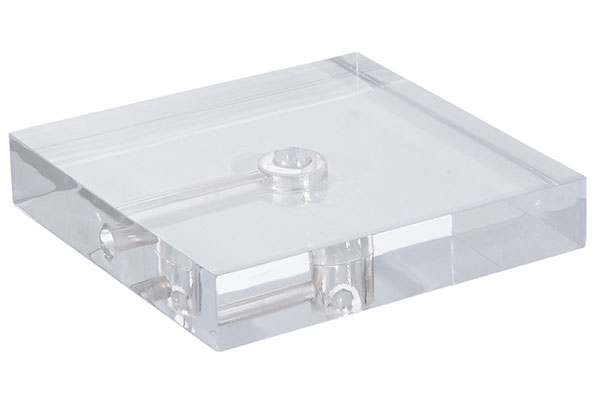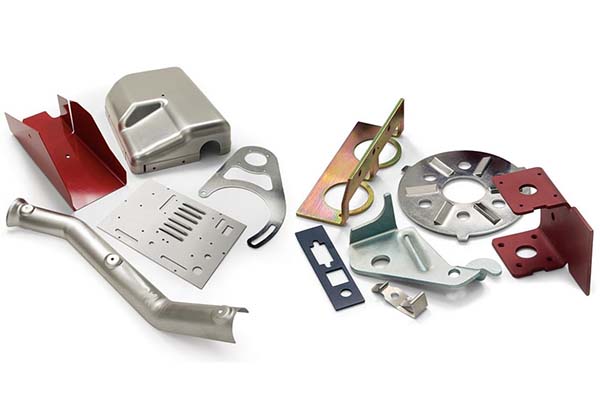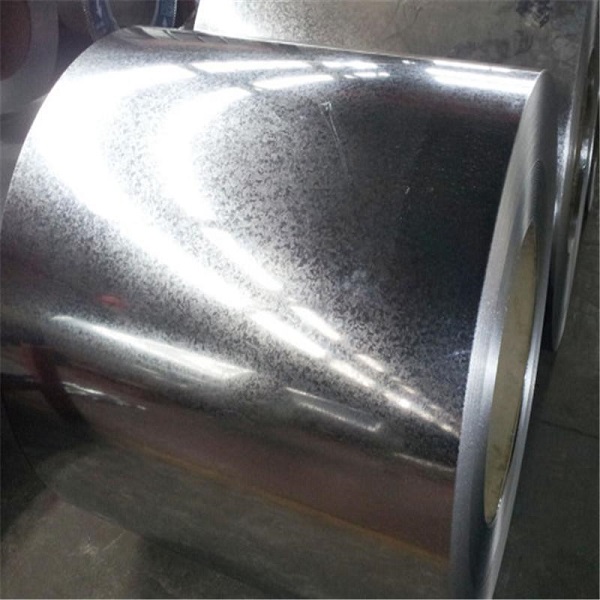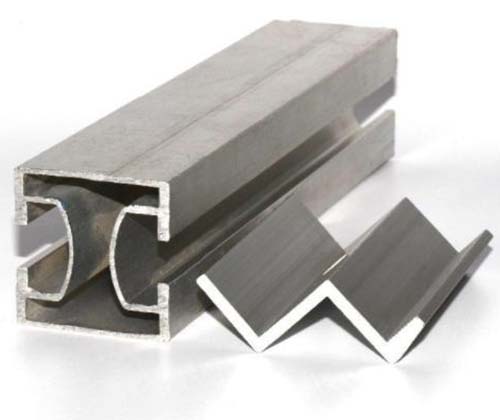Introduction
When working with sheet metal, manufacturers and builders often face challenges that can slow down projects or compromise results. For those dealing with heavy - duty applications, a common pain point is finding a material that balances strength and affordability without being overly difficult to shape. Another issue is navigating varying quality levels, where inconsistent dimensional accuracy or poor surface finish can lead to fitting problems during assembly. Sheet Metal Hot - Rolled Steel addresses many of these concerns, and in this article, we'll explore its material properties, manufacturing process, applications, and the quality standards that ensure its reliability.
Material Properties of Sheet Metal Hot - Rolled Steel
Key Characteristics
- Composition: Sheet Metal Hot - Rolled Steel is primarily composed of iron, with small amounts of carbon (usually between 0.05% - 0.25%) and other elements like manganese, silicon, and phosphorus. This composition gives it a good balance of strength and ductility. The carbon content is lower than in some high - strength steels, which contributes to its workability. For example, a typical hot - rolled steel sheet with 0.15% carbon offers a nice mix of strength for structural use and flexibility for bending.
- Mechanical Properties: When it comes to mechanical properties, hot - rolled steel shines in certain areas. Its strength is moderate, with a tensile strength ranging from 300 - 500 MPa. While this is slightly lower than that of cold - rolled steel, it's more than enough for many structural applications. One of its standout features is ductility—it can be stretched and bent without breaking easily, with an elongation of 20% - 40%. This makes it ideal for processes like bending and welding, which are common in construction and automotive manufacturing.
Other Important Properties
- Corrosion Resistance: In its natural state, Sheet Metal Hot - Rolled Steel has limited corrosion resistance. The hot - rolling process leaves a scale on the surface, which offers some protection, but it's not enough for harsh environments. Without additional surface treatment, it can rust when exposed to moisture. That's why it's often painted, galvanized, or coated in applications like piping and outdoor construction to extend its lifespan.
- Weight: Hot - rolled steel has a density similar to other steels, around 7.85 g/cm³. Its weight is proportional to its thickness, so thicker sheets are heavier. This is a consideration in applications where weight matters, but it's also an advantage in structural uses where the weight provides stability, such as in building frames.
Manufacturing Process of Sheet Metal Hot - Rolled Steel
Core Processes
- Hot Rolling: The manufacturing process starts with heating steel billets or slabs to a high temperature, typically between 1100°C - 1250°C—above the recrystallization temperature of steel. This makes the steel soft and malleable. The heated material is then passed through a series of rolls in a rolling mill, which reduces its thickness and shapes it into sheets. The hot rolling process is continuous, with each set of rolls making the sheet thinner. This process not only forms the sheet but also refines the grain structure, improving its mechanical properties.
- Milling and Thickness Control: During rolling, milling machines ensure the sheet is uniform. Thickness control is crucial, and modern mills use sensors and computer systems to monitor and adjust the roll pressure to maintain the desired thickness. Hot - rolled steel sheets can range in thickness from 1.2 mm to over 100 mm, making them suitable for a wide variety of applications, from thin sheets for appliances to thick plates for industrial machinery.
Finishing Processes
- Annealing: After hot rolling, some sheets undergo annealing—a heat treatment where the steel is heated to a specific temperature (around 600°C - 700°C) and then slowly cooled. This process relieves internal stresses that build up during rolling, making the steel more ductile and easier to work with. Annealing is especially important for sheets that will be formed into complex shapes in automotive parts or appliances.
- Surface Treatment and Coiling: Once the desired thickness is achieved, the sheets go through surface treatment to remove scale and impurities. This can include pickling (using acid) or shot blasting. After treatment, the sheets are wound into coils through coiling for easy storage and transportation. Coiling also helps keep the sheets flat and prevents damage during handling.
Applications of Sheet Metal Hot - Rolled Steel
Construction and Infrastructure
- Construction: In the construction industry, hot - rolled steel is a workhorse. It's used to make beams, columns, and structural frames for buildings, bridges, and stadiums. Its strength and ductility allow it to support heavy loads, and its ability to be welded easily makes assembly straightforward. For example, in high - rise buildings, hot - rolled steel beams form the skeleton, providing the necessary structural integrity.
- Piping: Piping systems for water, gas, and oil often use hot - rolled steel. Its thickness and strength make it durable enough to handle high pressures, and with proper coating, it can resist corrosion. Large - diameter pipes for industrial and municipal water systems rely on hot - rolled steel for their reliability.
Automotive, Industrial, and Other Sectors
- Automotive: The automotive industry uses hot - rolled steel for structural components like chassis frames and engine mounts. Its ductility allows it to absorb impact energy in collisions, enhancing safety. While some body panels use cold - rolled steel for a smoother finish, hot - rolled steel is preferred for parts where strength is more important than appearance.
- Industrial Machinery and Appliances: Industrial machinery such as presses, lathes, and conveyor systems use hot - rolled steel for their frames and structural parts. Its durability can withstand the heavy use and vibrations of machinery. In appliances like washing machines and dryers, hot - rolled steel is used for internal frames and supports, where strength and cost - effectiveness are key.
- Electrical Equipment: Electrical equipment like transformers and generator enclosures also use hot - rolled steel. Its magnetic properties (due to its iron content) are useful in some electrical components, and its strength protects sensitive equipment from damage.
Quality Standards for Sheet Metal Hot - Rolled Steel
International Standards
- ASTM Standards and ISO Certifications: ASTM standards (such as ASTM A36 for structural steel) and ISO certifications (like ISO 9001) set the benchmarks for hot - rolled steel quality. These standards specify requirements for composition, mechanical properties, and dimensions. For example, ASTM A36 requires a minimum tensile strength of 400 MPa and a yield strength of 250 MPa, ensuring consistency across products.
- Surface Finish and Dimensional Accuracy: Surface finish standards define the allowable amount of scale, rust, and imperfections. While hot - rolled steel has a rougher surface than cold - rolled steel, it must still meet certain criteria for specific applications. Dimensional accuracy standards cover thickness, width, and length tolerances. For most hot - rolled sheets, the thickness tolerance is within ±0.5 mm, which is acceptable for structural uses where precise fits are less critical than strength.
Testing and Compliance
- Tolerance Levels and Testing Methods: Tolerance levels ensure that the steel meets the specified dimensions. Manufacturers use testing methods like ultrasonic testing to check for internal defects, tensile testing to measure strength, and hardness testing to verify mechanical properties. These tests are conducted at various stages of production to ensure compliance with standards.
- Quality Control: Strict quality control processes are in place to maintain standards. Inspectors check each batch for surface finish, dimensional accuracy, and mechanical properties. Any sheets that don't meet the standards are rejected, ensuring that only high - quality hot - rolled steel reaches customers.
Yigu Technology's Perspective
As a parts custom manufacturing supplier, Yigu Technology leverages the versatility of Sheet Metal Hot - Rolled Steel for diverse projects. We ensure our hot - rolled steel meets ASTM standards and ISO certifications, with rigorous checks on dimensional accuracy and surface finish. From construction components to industrial machinery parts, our expertise in processing hot - rolled steel—including cutting, welding, and forming—delivers cost - effective, high - quality solutions. We prioritize material reliability to meet our clients' specific needs, making hot - rolled steel a go - to choice for strength and affordability.
FAQs
- How does hot - rolled steel differ from cold - rolled steel in terms of surface finish?
- Hot - rolled steel has a rougher surface finish due to the scale formed during rolling, while cold - rolled steel is smoother. Hot - rolled steel's surface is suitable for structural applications, but cold - rolled is better when appearance matters, like in appliances or automotive body panels.
- Is hot - rolled steel suitable for outdoor applications without coating?
- It's not ideal. Hot - rolled steel has limited corrosion resistance and will rust over time outdoors. Applying a coating (like paint or galvanizing) is necessary to protect it from moisture and extend its lifespan in outdoor construction or piping.
- What testing methods are used to ensure hot - rolled steel quality?
- Common testing methods include tensile testing (for strength), ultrasonic testing (for internal defects), and visual inspection (for surface finish). These tests ensure the steel meets ASTM standards and ISO certifications for composition, strength, and dimensions.
